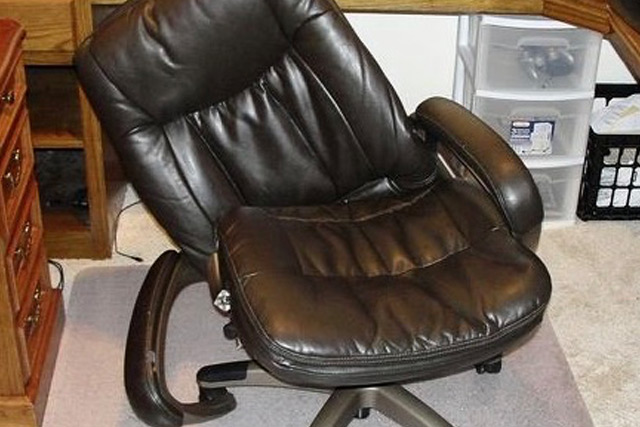
I asked an osteopath friend what had been the most significant developments in his 25 year career as a respected practitioner and teacher. His reply was immediate and emphatic. He said that it is now widely accepted that 60-70% of all muscular and skeletal pain in the back and neck is psychological in origin. He said that in surveys, researchers had approached asymptomatic people – those not presenting symptoms of pain. Scans of the back and neck revealed that while a quarter demonstrated disc damage, they were not experiencing difficulty or discomfort. Conversely, patients presenting with back or neck symptoms can often show no spinal damage. It was suggested that psychological and psychosocial factors play an important role in the level of pain that individuals experience. These factors seem to be even more important than mechanical factors. Psychological wellbeing can enable individuals to function more comfortably.
My friend said that dramatic bone-cracking, while sometimes satisfying to the patient, was no longer considered useful. He said that he now saw patients once or twice only rather than setting up a protracted programme of visits. He said that people who exercise regularly feel less pain, period. As for the type of exercise, extensive surveys had not established the superiority of any type of exercise – the best exercise is the type that the patient likes doing best. It could be tennis, it could be swimming, it could be walking, it could be yoga.
He said that surveys had not established any connection between the increase in symptoms of lower back pain and sedentary occupations. Office workers, for example, do not experience more back pain than more active workers. It has been found that the most significant cause of back pain in office workers is insufficient social and psychological support in the office.
02.09.2007

